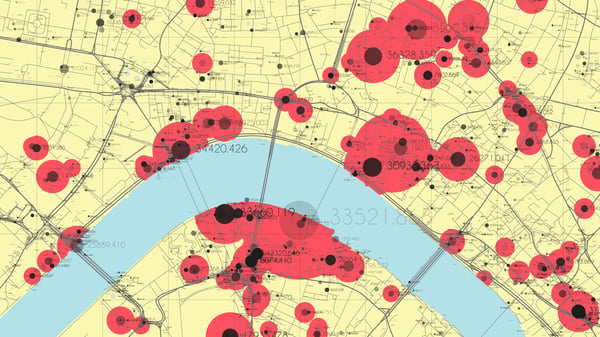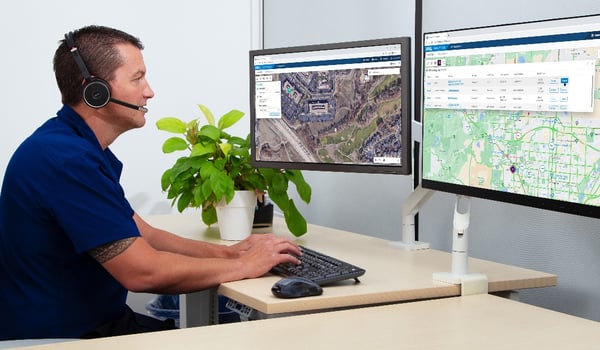4 Must-have Data Points for Dispatch-Billing Alignment and Maximum Reimbursement
When Responding to Emergency & Non-Emergency Calls is Being Late OK?
The key to the question is the contractual obligation in which both parties have agreed upon, and what percentage of the time it was agreed to meet that obligation
Was this information valuable?

The key to the question is the contractual obligation in which both parties have agreed upon, and what percentage of the time it was agreed to meet that obligation. When it is not O.K. to be late, what steps could be taken to ensure that crews are on time? To answer these questions we must look at what processes are in place from the initial dispatch of the call to the late call review.
Dispatch Processes to Help Ensure Crews are On Time
The dispatchers play an integral part of making sure crews arrive on scene at the contracted time standard. This starts with the placement of units in strategic locations based on historical call data.
The next step is dispatch standards. Sunstar Paramedics uses a 30-second average time of call received to time of dispatch.
The next piece is getting ETAs for the units enroute at a specified time, such as seven minutes into an emergency call, we get an ETA and place it in the call notes. This helps us know if the unit needs routing assistance, since the dispatch team knows approximately how long the response should be.
Also noting unsuspected delays is key component to future status plans as well as staffing plans. Areas known to have late responses, such as a large complexes and mobile home parks, the dispatcher should provide mandatory routing to assist.
Improvement Through Late Call Analysis
Late call analysis starts from the Communications Supervision reviewing the call to determine the root cause of the late response. For example, did the crew fail to follow a good route, did they not start toward the call in a timely manner, or was the system just very busy and coverage to that area was depleted?
After the analysis is completed the use of feedback on human errors from the crews to the dispatchers need to be reviewed for improvement. Late call follow up with the field staff or dispatcher must be completed in a timely fashion so the crew or dispatcher is able to prevent reoccurrence of the error.
Contract Standards are the Key
It is important to understand that this is all based on the contract standards. Our system is based on fractal response times which allow us to accept some late responses. The ability to be on time 100% of the contractual obligation is an unrealistic expectation based on the many variables we encounter every day.
Related Posts
How EMS Agencies Can Reframe Need and Refocus Resources With Geospatial Analytics
How To Minimize Radio Chatter and Reduce Guesswork With Smarter Dispatch Resource Management
ZOLL Pulse Blog
Subscribe to our blog and receive quality content that makes your job as an EMS & fire, hospital, or AR professional easier.
ZOLL Pulse Blog
Subscribe to our blog and receive quality content that makes your job as an EMS, fire, hospital, or AR professional easier.




